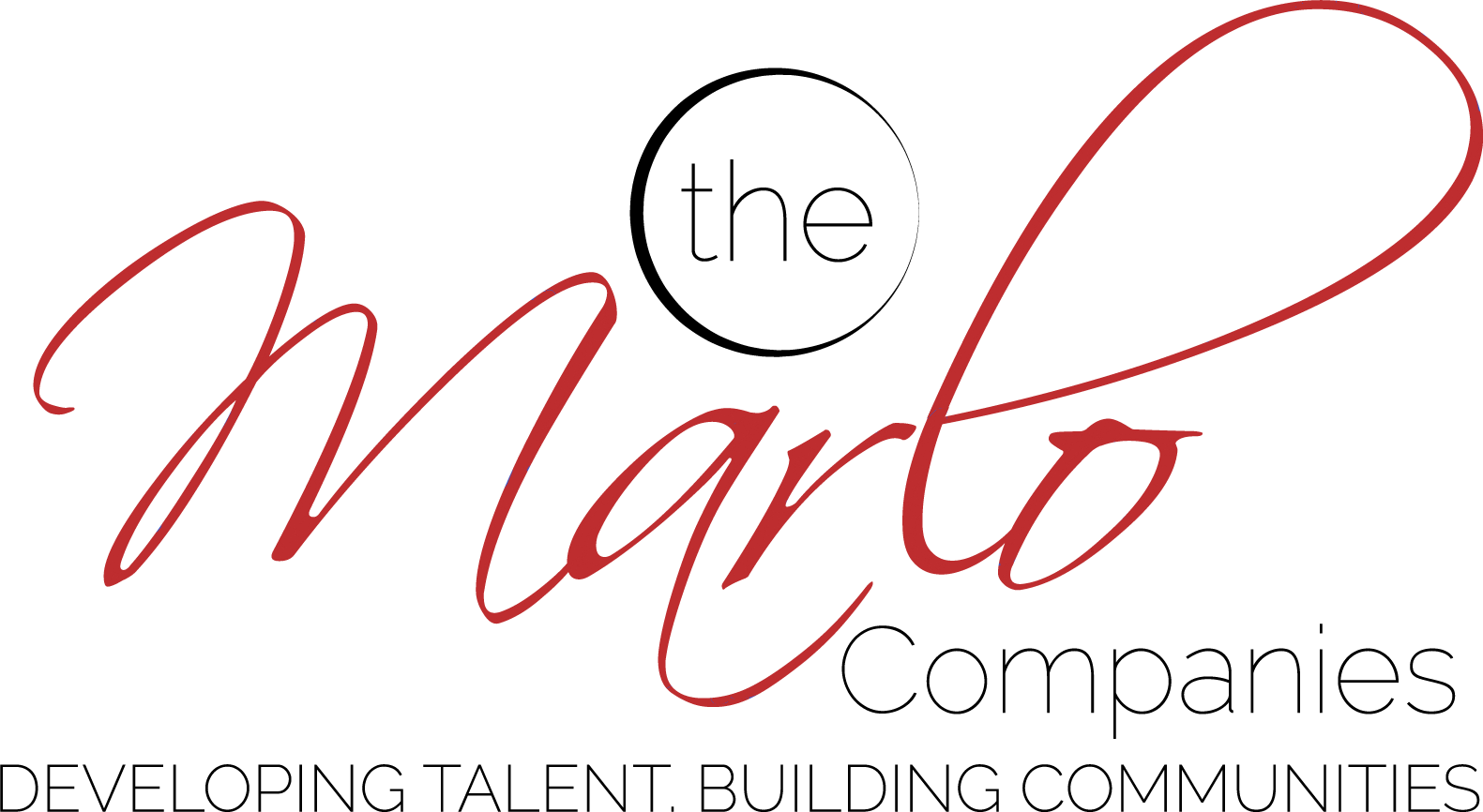Let’s talk about teams. Teams are a collection of units with shared focus or a commonly expected outcome. A team’s purpose is to use collective resources to achieve a common goal. Team interaction and the quality of that interaction has a tremendous impact on organizational culture and an organization’s realization of sustained success.
Consider your current team dynamics. As you honestly reflect, answer the following questions: Do you trust the team? Do members of the team speak their minds? Do you have backbiting and underhandedness? Do you speak openly and honestly when your team is at the table or do you hold your honest opinion for the ‘after-meeting’ (the one which usually happens in the hallway or at lunch)?
What’s the purpose of a team? Some say, “The purpose of the team is to win!” To get the job done! Otherwise, why would you need to bring together people with different skills and abilities? There are others who believe that you shouldn’t be concerned about any casualties which may result from doing business. After all, the objective of the team is to win, right? If the team is winning, does it matter how the team realized their success?
It does matter how the team realized their success. Why? How a team interacts determines whether the team will experience sustainable success. At the end of the day, any team’s sustainable success translates directly into sustainable success for the organization.
The million-dollar consideration is, what possibilities can the organization realize when they rid themselves of team dysfunction? Equally important is the unintentional message that leadership communicates by ignoring warning signs of team dysfunction. Some of these are: low morale, decreased productivity, fear, quality of deliverables, and turnover. Organizations must not succumb to the mindset that these conditions are simply the cost of doing business. Neither should organizations limit their solution to termination of the ‘leader’ as a means of eradicating team dysfunction. I submit to you that team dysfunction is a condition stemming from an improper foundation of team cohesiveness.
Throughout this series, Building a Cohesive Team, we will discuss essential elements of a cohesive team. When properly implemented, these elements will lead to the eradication of team dysfunction. I hope you enjoy the series. Engage and join the conversation! You can also visit us at The Marlo Companies. Think about your team! Ensure you are not doing what you’ve always done and expecting different results.
During the month of July, we are offering free consultations, for up to five members of a team with a Five Behaviors of a Cohesive team confirmed workshop (that is a $250 per person savings). We want to help teams be the best they can be. If you want an efficient, supportive, and cohesive team, reach out to us now, we look forward to helping you put your team on a path to sustainable success.


